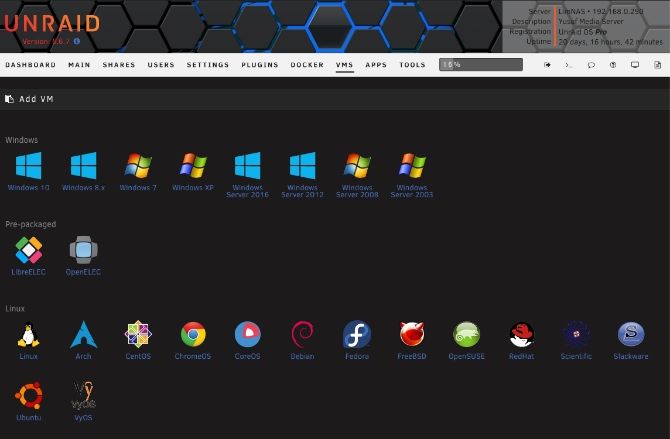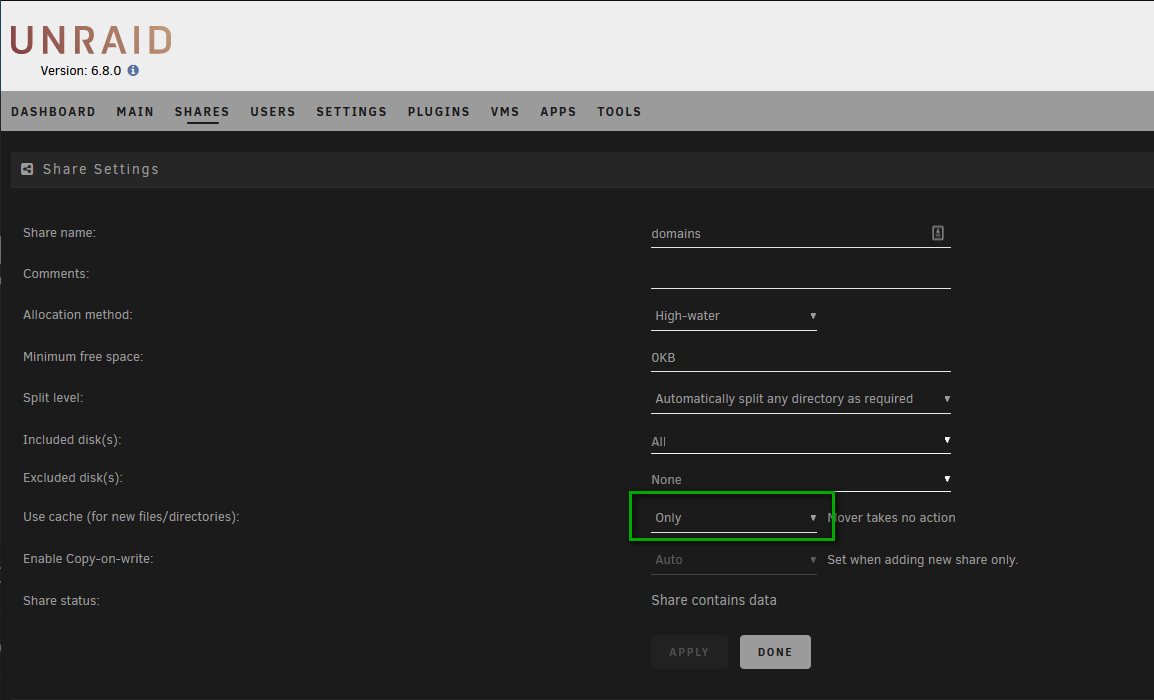

I also use the diskmv/consld8 utilities to move data from one set of disks to another when infrequently needed. ex: 9080) - Leave Container Port as 8080 - If you changed the Host Port, make sure to change the WebUI port in the advanced view settings - Change the Webserver Port Host Port (I.
Unraid setup network drive install#
So, at the recommendation of some folks here like switched over to having shares "include" only the disks I want the data on, and all shares are set to "Fill" each disk (with a nice big minimum free space). Install linuxserver Calibre from CA - Turn on advanced view - Change Network Type as needed - Change the GUI Port Host Port (I recommend something besides 8080. Best Cache Drive Upgrade For unRaid now setup your cache drive/pool I also used a SATA SSD for my Unraid Cache I mostly use Dockers such as Plex, Sonarr, Radarr, Rtorrent Literally, unplug the USB thumb drive and all the drives from the existing server and put them all in the new one CF Literally, unplug the USB thumb drive and all the drives. Im looking to make a second bridged network in unraid used for highspeed storage networking. 1q sub-interface which Docker creates on the fly.

With a 30 day trial, I started to test with a new 8 TB shucked drive for parity, a single 2 TB hard disk, and a small 240 GB SSD for cache. After updating the BIOS settings to ignore disks in the boot order, I was able to access the Unraid GUI via web browser. You can create users within unRAID to access these shares with relative ease. Unraid itself runs in RAM, booting off a USB thumb-drive. Then, inside the quotes, if you set up everything. Remove the Linux.png and leave the quotes. Under metadata, you’ll see, icon'Linux.png'. To set the Home Assistant icon, change the editor from the Form view to the XML view. Click on the virtual machine icon and then click on Edit. Three, while having equal amounts of data smoothly spread across all disks seems appealing, it's actually a pain to manage. So Im trying to set up a bridge using network manager. Go back to the Unraid web interface and go to the VMs tab. Two, I didn't like having files in a share scattered unnecessarily across multiple disks. One, I actively manage my server - disks aren't going to fill up without my knowing. It's a good setting for a new user to start with, and remains a good setting for users who just like to use their server rather than tinker with it. I started off my unRAID server with High Watermark and all disks included in all shares.


 0 kommentar(er)
0 kommentar(er)
